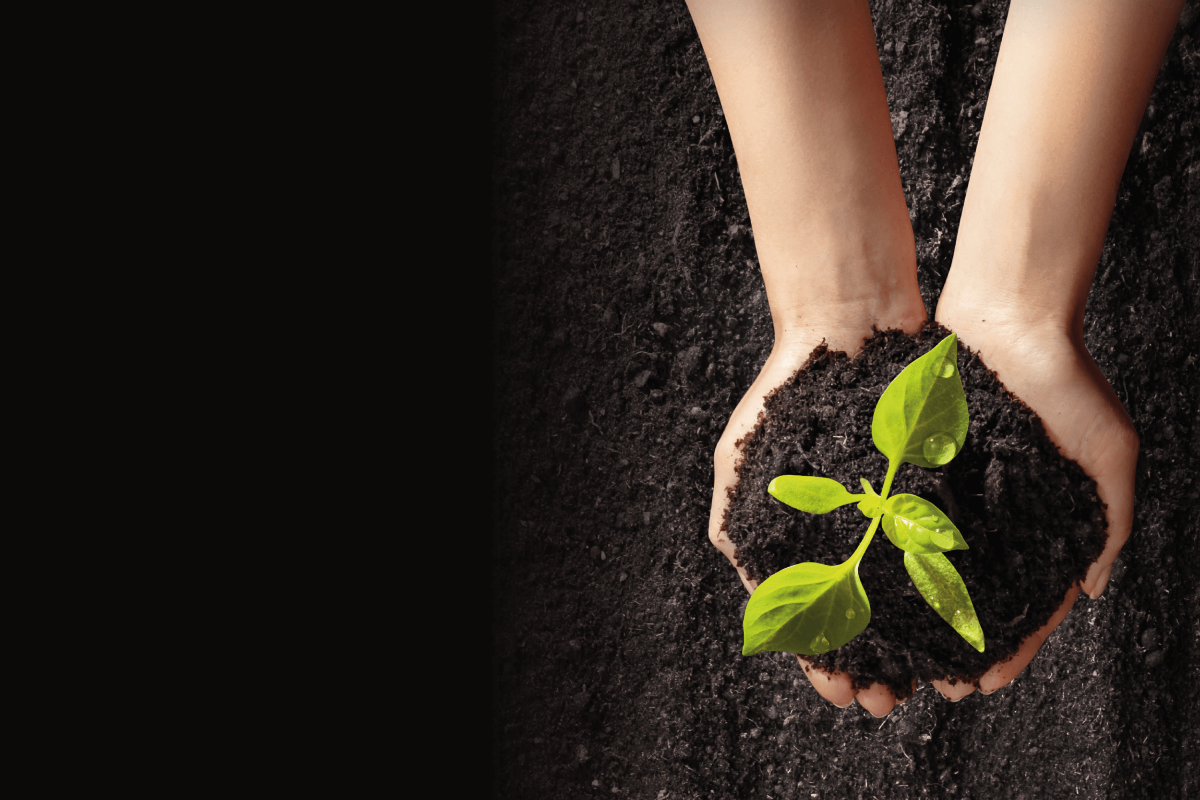Being more sustainable doesn't need to feel like a big mountain to climb. It is a step process (which can be followed at all stages of your journey) and making some small eco-friendly changes to the things you do as a business, as well as personally, all contribute to the overall aim of longer-term positive global change.
1. AVOID
Make choices that avoid impact from the outset. These could be energy-efficient light bulbs, low-emission cars, or unnecessary travel. What else do you do that, if you simply changed or avoided, you could directly attribute to making a small difference?
2. REDUCE
If you can’t avoid impact (and we think it is unrealistic to think we can in modern society) THEN minimise as much as possible. For instance, can you walk or car share to reduce the number of journeys you make? Could you parcel that gift in a smaller box?
3. RESTORE
Help bring back damaged ecosystems, supporting rewilding programmes or tree planting schemes. This is something you can do organisationally or individually. There are also corporate schemes out there where your suppliers might be doing this on your behalf.

4. COMPENSATE
If you can’t avoid, reduce or restore, there are other things you could be doing personally to help balance adverse impacts. Such as minimising home energy use (which is already on many people's agendas with rising costs), using green energy or buying only FSC® certified wooden products such as outdoor garden furniture. There are even consumer products out there, like Who Gives A Crap - sustainable toilet paper, and Ecosia - a search engine that plants trees, where by using their products or services, they are compensating on your behalf. (These are both companies we use at Ruddocks!)
5. REVIEW
An important part of your efforts is regularly reviewing your activities to look at what is working well and where you can make further changes (this will also help you communicate your successes to your workforce, customers and wider audience). The first aim should always be to reduce your impact and then ensure you are regularly reviewing your plans and actions to see where you can further reduce your carbon footprint.
6. OFFSET
Realistically, all of us are leaving some form of footprint, but as we mentioned at the start, this is about being practical. All of the above steps help to minimise the negative impact on the environment but where you absolutely can't cut your output any further you can offset the balance to help ensure at least a neutral effect on the planet. Offsetting can be done through a number of accredited schemes which support projects nationally and globally that reduce and prevent carbon dioxide and other greenhouse gas pollution.
For more information and advice on environmentally considered changes your organisation can make, get in touch with one of the Ruddocks team!


